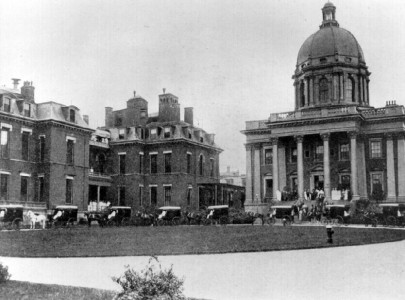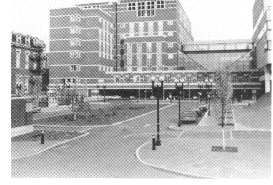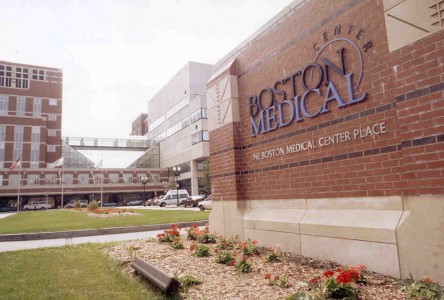The Menino Pavilion – Boston Medical Center

Originally established in 1864, Boston City Hospital (BCH) grew in size over the years to more than 1,200 beds during World War II. In 1973 Boston University Chobanian & Avedisian School of Medicine took over the responsibilities of the hospital clinical departments and became involved in a partnership with the City of Boston for providing state-of-the-art medical care.
The commitment of the City of Boston towards this goal is exemplified by the new Inpatient Facility, a 346-bed full service facility which became operational in January, 1994. On July 1, 1996 the Boston City Hospital merged with Boston University Medical Center Hospital to form the Boston Medical Center. Nevertheless, the hospital’s original mission of providing high quality care to all patients without exception has been preserved in the merged Boston Medical Center.
The Surgical Service at the Menino Pavilion is supported by eight modern operating rooms, a 12-bed ICU, and state-of-the-art ancillary services. The BMC-Harrison Avenue inpatient facility is specifically designed as a trauma receiving facility, with a state-of-the-art trauma resuscitation area, including a spinal CT scanner and a fully-digital vascular radiology suite. The trauma center sees 1,500-1,600 admissions per year.

BMC has been verified by the American College of Surgeons Committee on Trauma with commendation as a Level I Trauma Center with pediatric commitment. Out trauma service is the region’s premier provider of care for the injured and serves as a resource for many other medical and governmental organizations in New England.

The emergency room at the Menino Pavilion has the greatest volume of any trauma program in the Northeast. More than 100,000 patients are treated here each year. Its radio communication and telemetry facilities allow control and supervision of advanced life support efforts directly at the scene of an accident or other medical emergency.